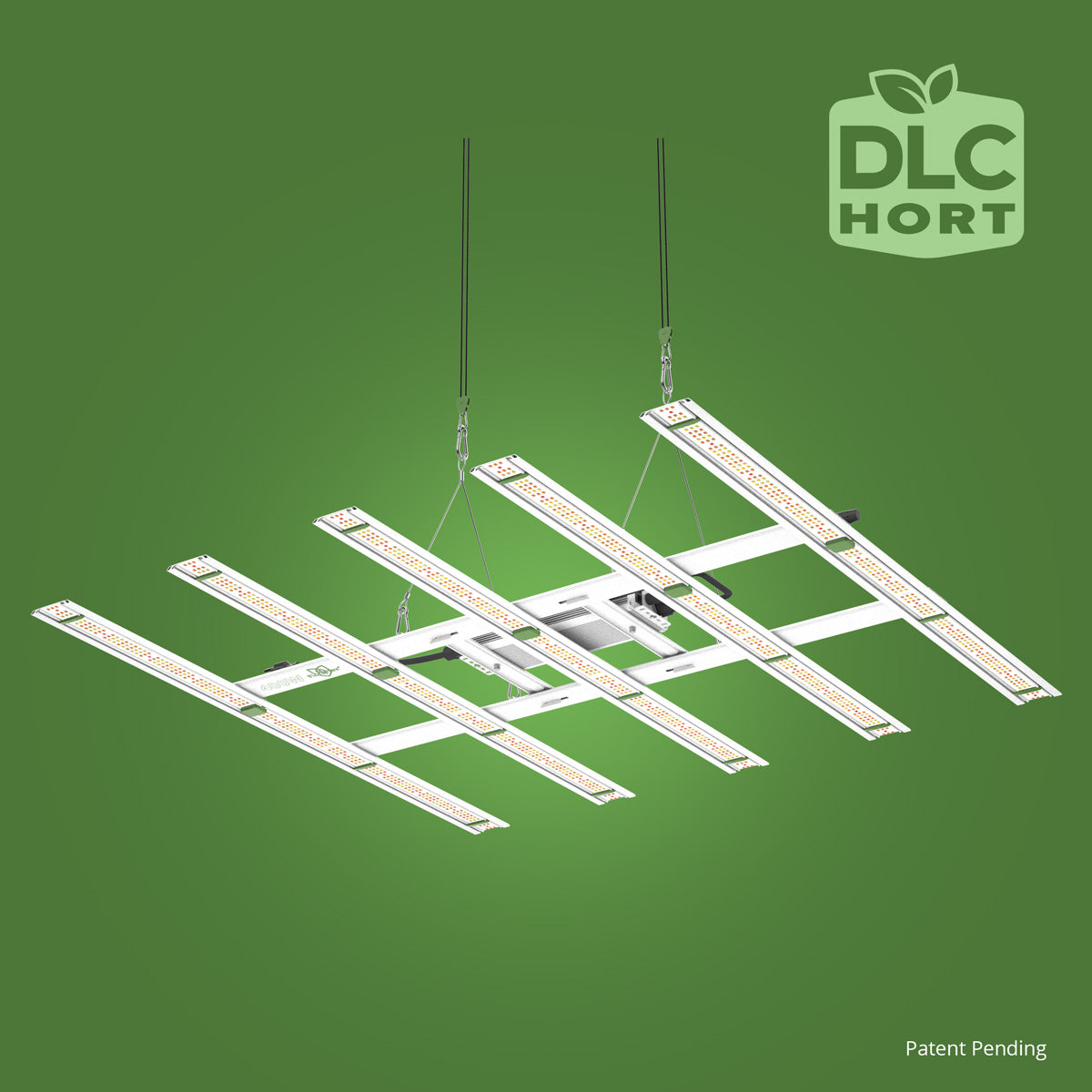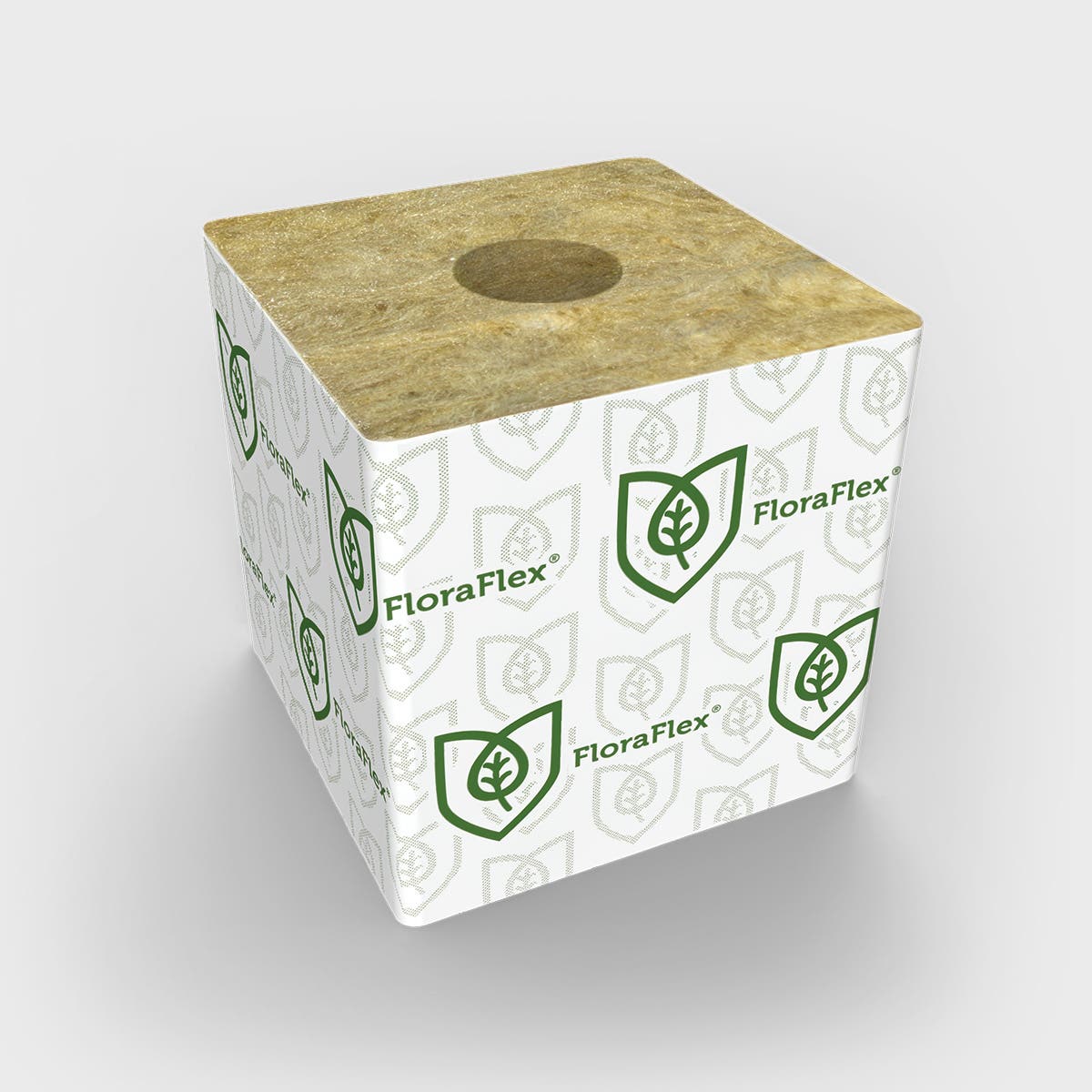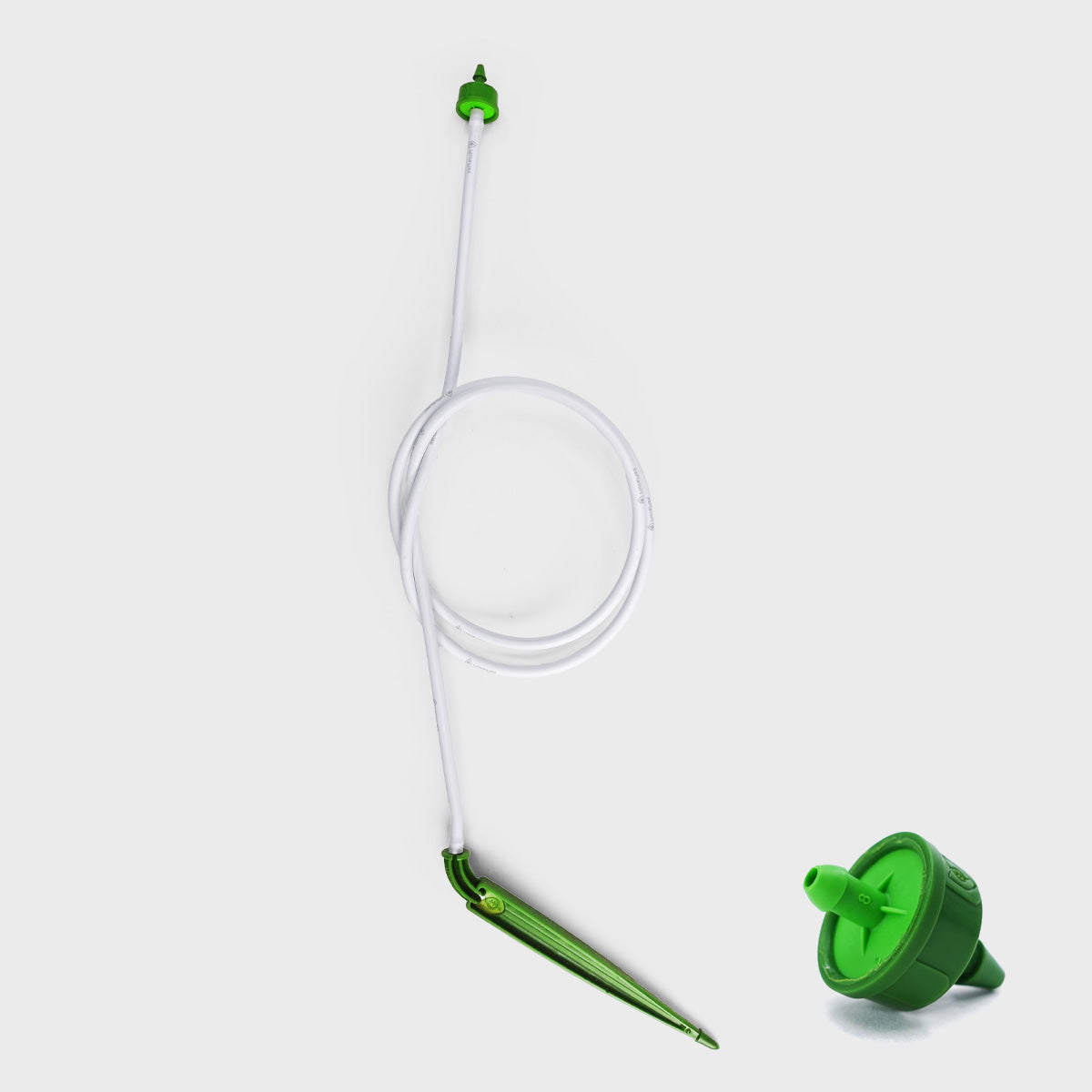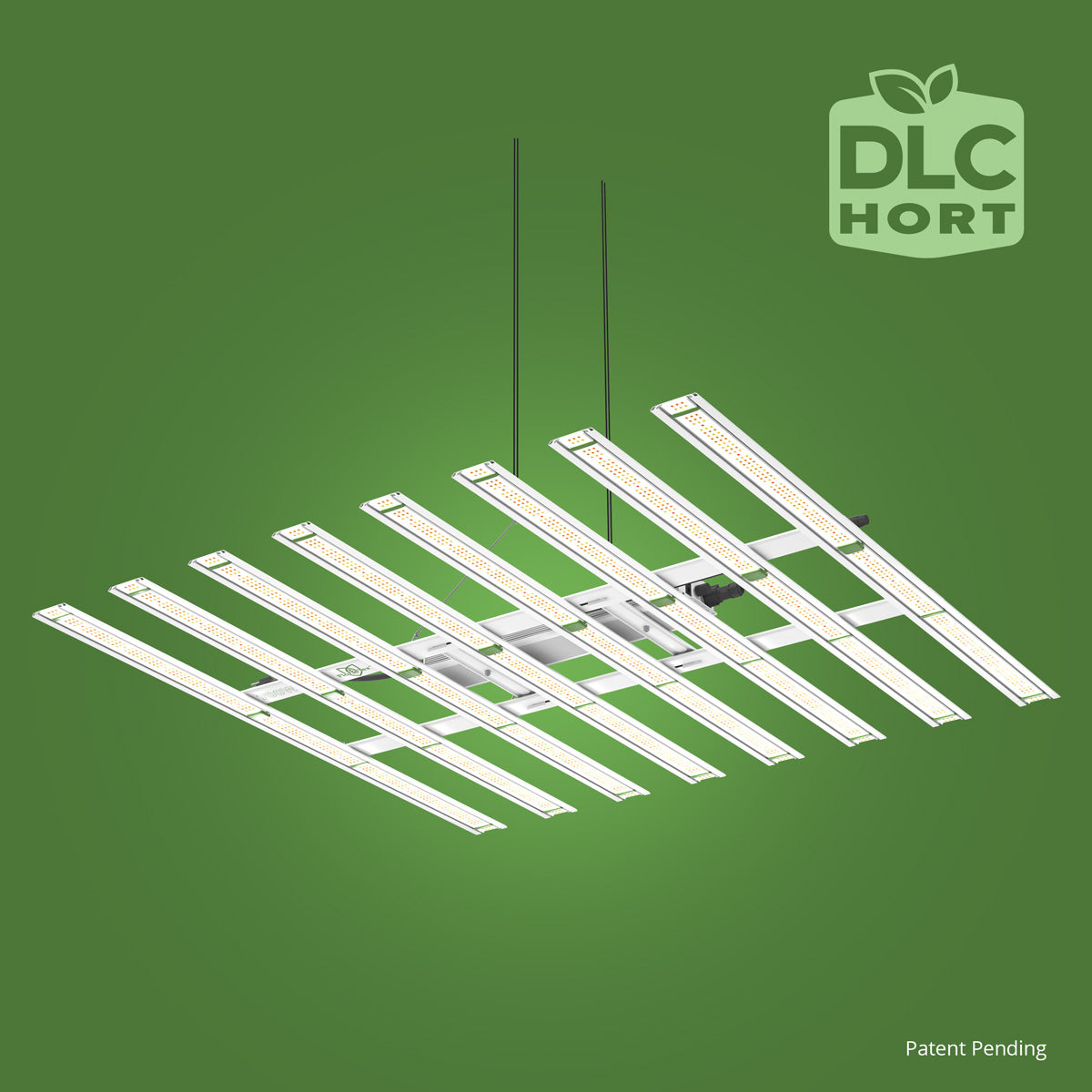Creating a vibrant and thriving garden doesn't just benefit your senses—it plays a crucial part in supporting local wildlife and contributing to global biodiversity. By transforming your backyard into a haven for plants, pollinators, and other wildlife, you'll enjoy a flourishing garden and help bolster the environment. Here's how to increase biodiversity in your DIY garden.
Choose a Variety of Native Plants
Native plants are a critical component of any eco-friendly garden. They are well-adapted to local climate and soil conditions, require less maintenance, and provide essential resources for local wildlife. Choose a mix of perennials, annuals, and shrubs to add structure and color throughout the year. Research plants that are native to your region and incorporate them into your garden design.
Encourage Pollinators with Diverse Flowers
A garden teeming with diverse flower species is a beacon for pollinators like bees, butterflies, and birds. Aim to plant a variety of species that bloom at different times, ensuring a continuous food source throughout the growing season. Avoid pesticides and opt for organic solutions to keep these beneficial creatures safe.
Use Natural Fertilizers
Introduce natural fertilizers to boost soil health and promote vigorous plant growth. Compost, manure, and organic mulch can improve soil structure and fertility. They increase microorganism activity in the soil, which in turn supports plant growth and resilience.
For liquid fertilizer applications, consider using the 1.5L Pump Sprayer. It ensures even distribution of nutrients and reduces waste, helping your garden thrive while remaining environmentally conscious.
Create Wildlife Habitats
Build habitats such as birdhouses, insect hotels, and water features to attract beneficial wildlife to your garden. A small pond or water feature can be a focal point while providing a crucial resource for birds and insects. Moreover, leaving logs or stones in a corner of your garden offers shelter and nesting sites for various species.
Practice Companion Planting
Companion planting involves growing different plants close to each other for mutual benefits such as pest control, pollination, and maximizing space. Some well-known plant combinations include tomatoes with basil, carrots with onions, and beans with corn. This practice not only helps maintain biodiversity but can also improve plant yields and reduce the need for chemical interventions.
Be Water-Wise
Water conservation is essential for sustainable gardening. Opt for drought-tolerant species and install rain barrels to collect and use rainwater. Drip irrigation systems can deliver water precisely to the plants' roots, minimizing evaporation and runoff. Monitor the weather and water only when necessary to promote deep root growth.
Conclusion
Integrating these practices will not only enhance biodiversity in your DIY garden, but also create a thriving ecosystem that supports your local environment. A little extra effort goes a long way in making your garden more resilient and sustainable.
For more information on products and solutions for your garden, visit FloraFlex.









